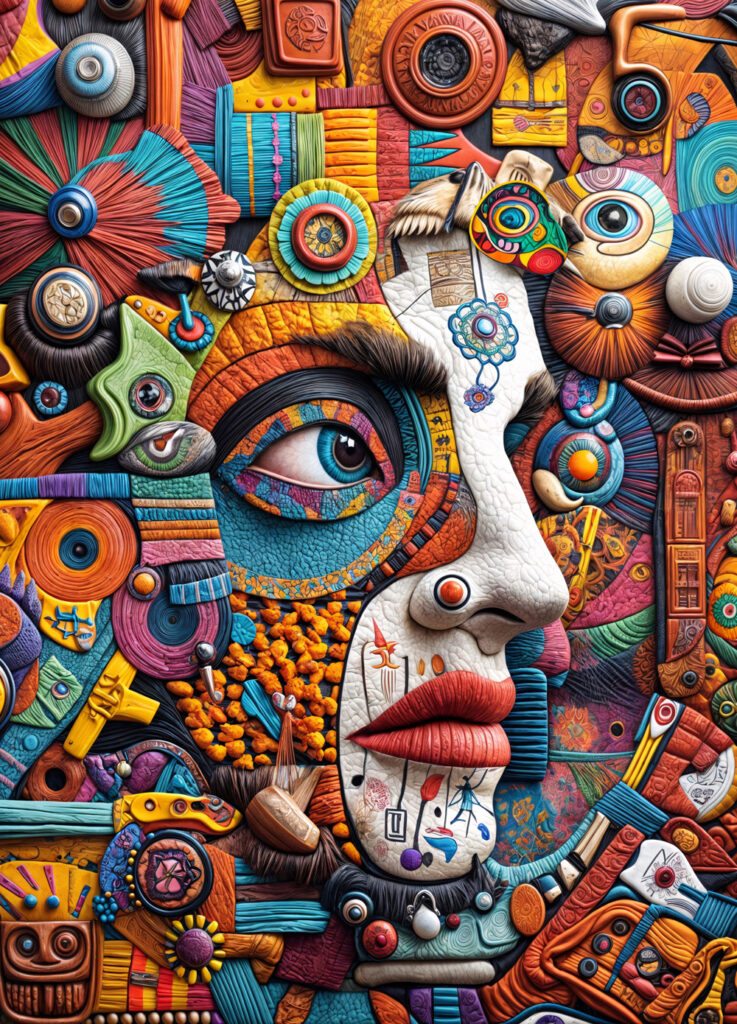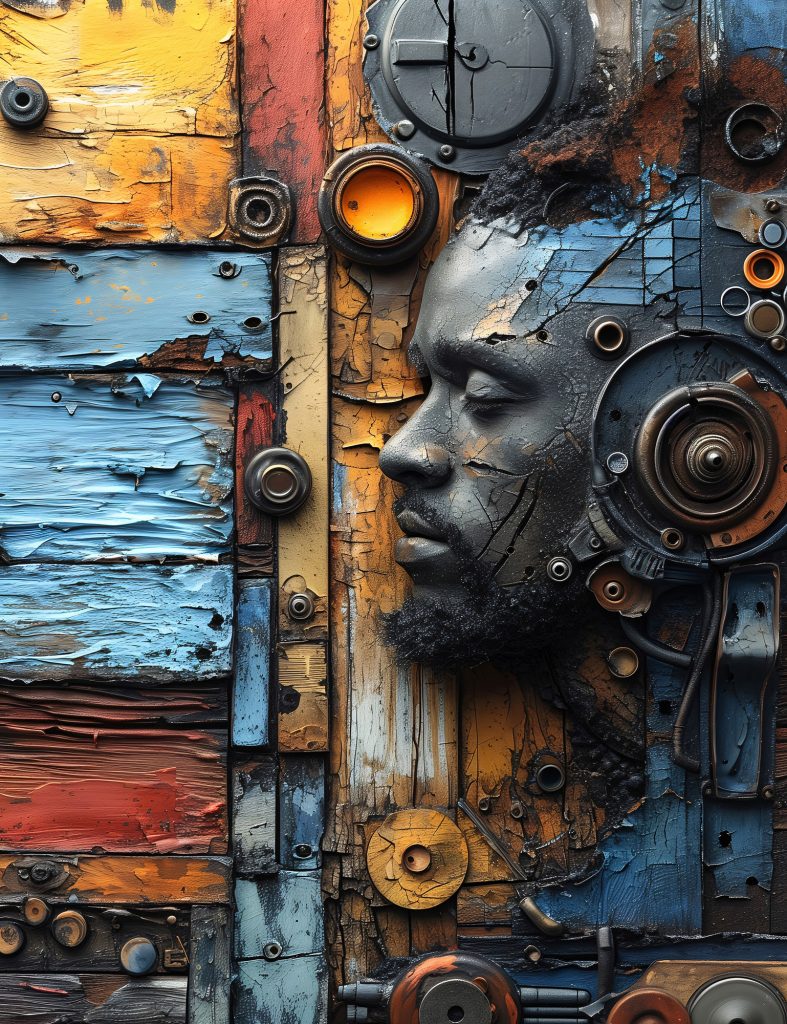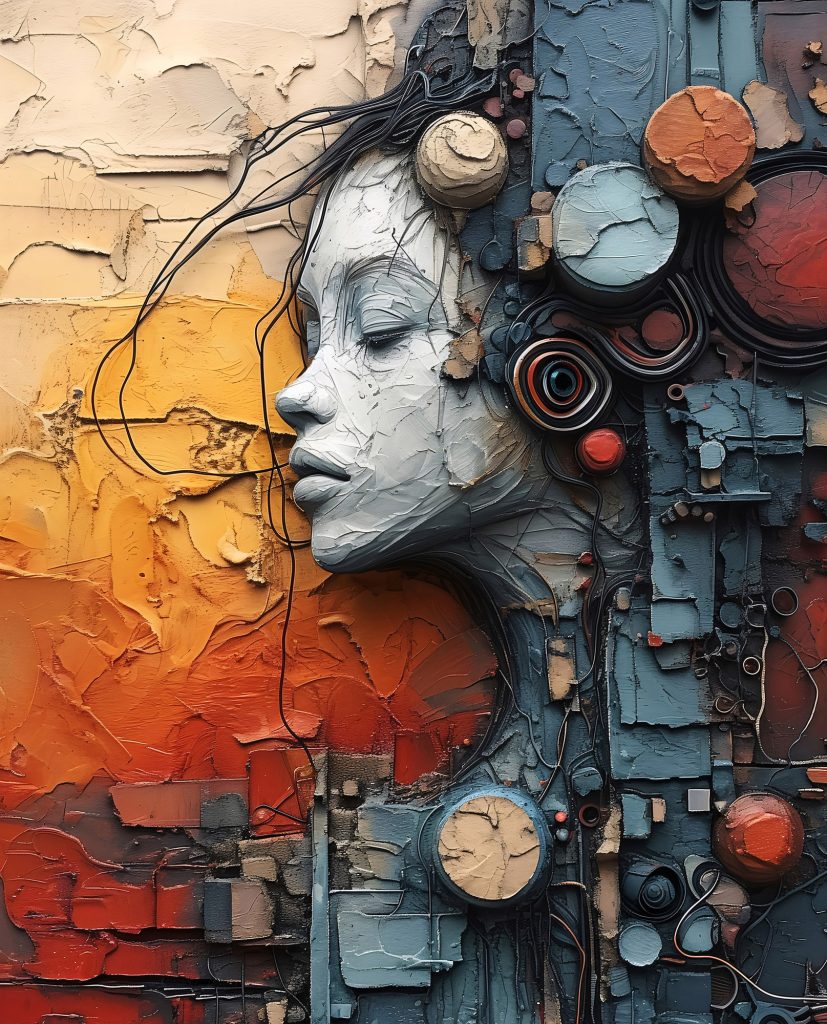Rodolfo is a Hong Kong-based journalist and self-taught multidisciplinary artist. Before embarking on his full-time career as a journalist and artist, he spent 15 years in the academic field at the City University of Hong Kong and the University of Macau, where he worked as a researcher, lecturer, and projects manager, specializing in digital broadcast media and communications technology.
Throughout those years, Rodolfo has been honing his artistic repertoire, which has been showcased in both public and commercial venues in Hong Kong, Europe, and North America. His creative works have garnered recognition in several international art competitions, where he has alternately represented both Hong Kong and the Philippines.
In addition to his diverse art portfolio, Rodolfo has authored two books featuring his collection of artworks accompanied by essays that explore themes of spirituality, technology, and humanity’s relationship with nature. Currently, he is working on his third book, which delves into the captivating realms of land art, resilient habitats, and the emerging field of biomimetic architecture.
Artist’s website: DUNEALOGY STUDIO
The image below (We Are Tribeless And All Tribes Are Ours) is currently on display at the “Unity in Diversity: Filipino Artists Across Borders” exhibition at Hong Kong Visual Arts Centre, February 26, 2025 through March 3, 2025.

Time in Frames: The Panoramic Street Chronicles
In the ever-evolving tapestry of urban life, each moment holds a story—a fleeting whisper of existence that often goes unnoticed. As a photographer, my mission is to capture these ephemeral narratives and weave them into a visual chronicle that transcends time. This photographic series, Time in Frames: The Panoramic Street Chronicles, is an exploration of this concept—a journey through the continuum of urban moments that collectively form a narrative of “time travel.”
This series is born at the intersection of traditional street photography and modern digital technology. Employing a manual approach, I traverse the streets with a keen eye, seeking the decisive moments that Henri Cartier-Bresson once spoke of. However, I extend this philosophy beyond a single frame. Each panoramic photograph in this collection is not just a snapshot of a moment in time but a fusion of multiple instances, stitched together to create a seamless narrative that unfolds within a single image.
The panoramic format allows me to capture the rhythm and flow of urban life in a way that a single frame cannot. It presents a linear, almost cinematic depiction of daily scenes—a group of tourists lost on Hollywood Road, pedestrians in Rednaxela Terrace (where Dr. Jose Rizal resided during his stay in Hong Kong) going about their daily chores, Cheung Chau island fishermen plying their trade—all frozen in a continuous sequence that invites viewers to step into the frame and traverse the scene as if they were time travelers themselves.
In this digital era, the process of creating these types of panoramic photos is both a technical and artistic endeavor. The manual act of shooting—selecting the optimal spot to position the whole rig, waiting for the perfect light, anticipating the movements within the frame, and then consecutively shooting each frame—remains at the core of my practice. Yet, it is the digital stitching and editing that are the most time-consuming. But it is this stage of the process that allows these moments to merge into a coherent whole, blending the boundaries of time and space.
Each image in Time in Frames serves as a portal to a different dimension of urban existence, a reflection of the myriad experiences that constitute city life. Through this series, I aim to challenge the viewer’s perception of time and space, urging them to look closer, to see beyond the immediate, and to appreciate the intricate dance of moments that define our daily lives. For more info: https://tinyurl.com/panorama888


The Symbiotic Series
These two art works below are part of the “Symbiotic” series, which I entered in the recently concluded Boomer Art Prize 2024 in the UK. The collection was chosen by the esteemed panel of judges as one of the top 20 winners (no. 11) out of thousands of entries to the international competition.
Technology has always been a mirror that reflects the complex relationship between humanity and its tools. Today, emerging technologies like artificial intelligence, biotechnology, and cybernetics allow us to look deeply into that mirror and see a future—one where humanity and machines fuse, or humans transcend the biological form entirely. These intricately layered images metaphorically explore that future through the provocative lens of art. They contemplate ideas of “posthuman symbiosis”—that is, in the quest to transcend human limitations, the meaning of life itself may be transformed in ways both compelling and worrisome.






